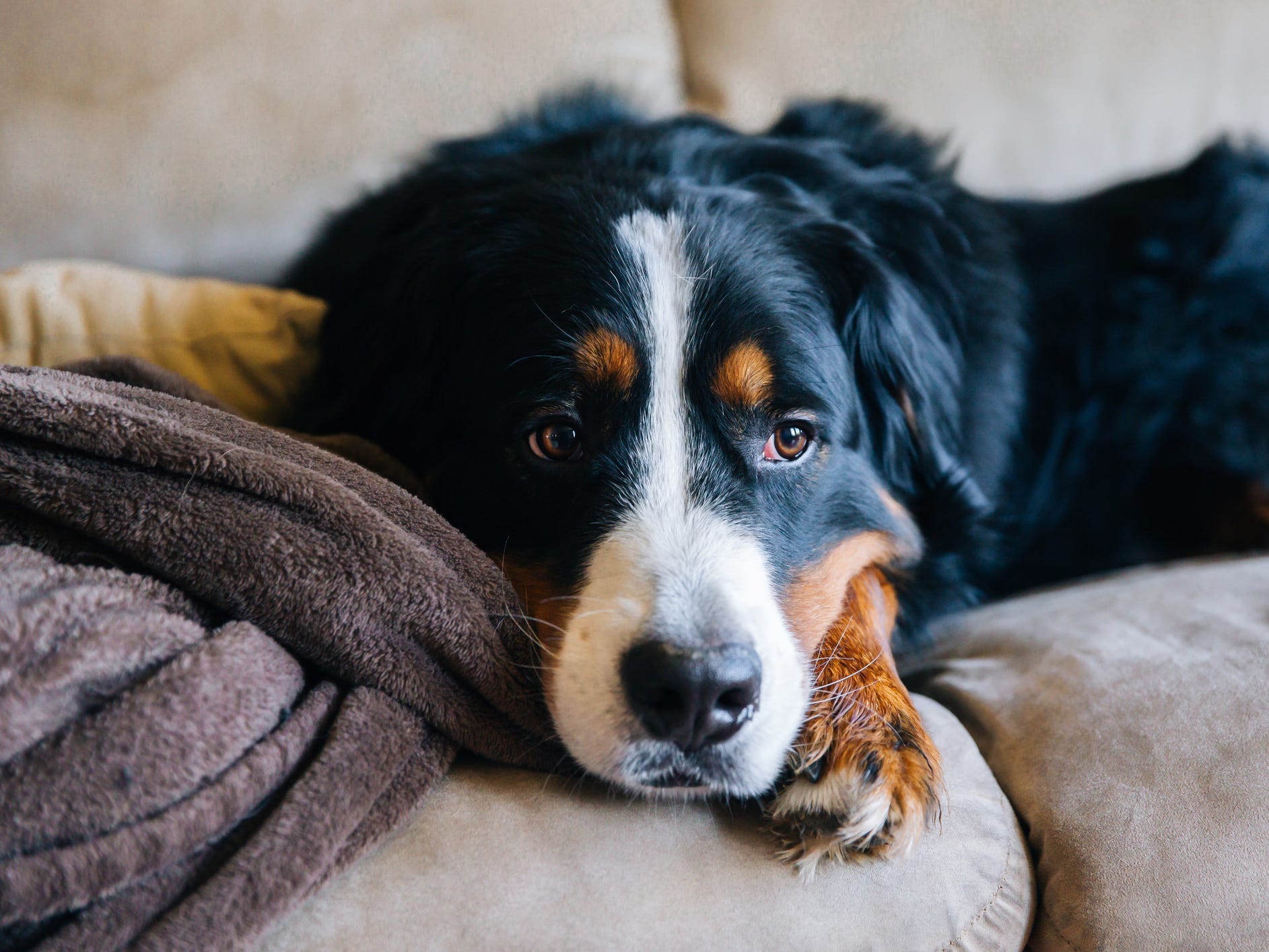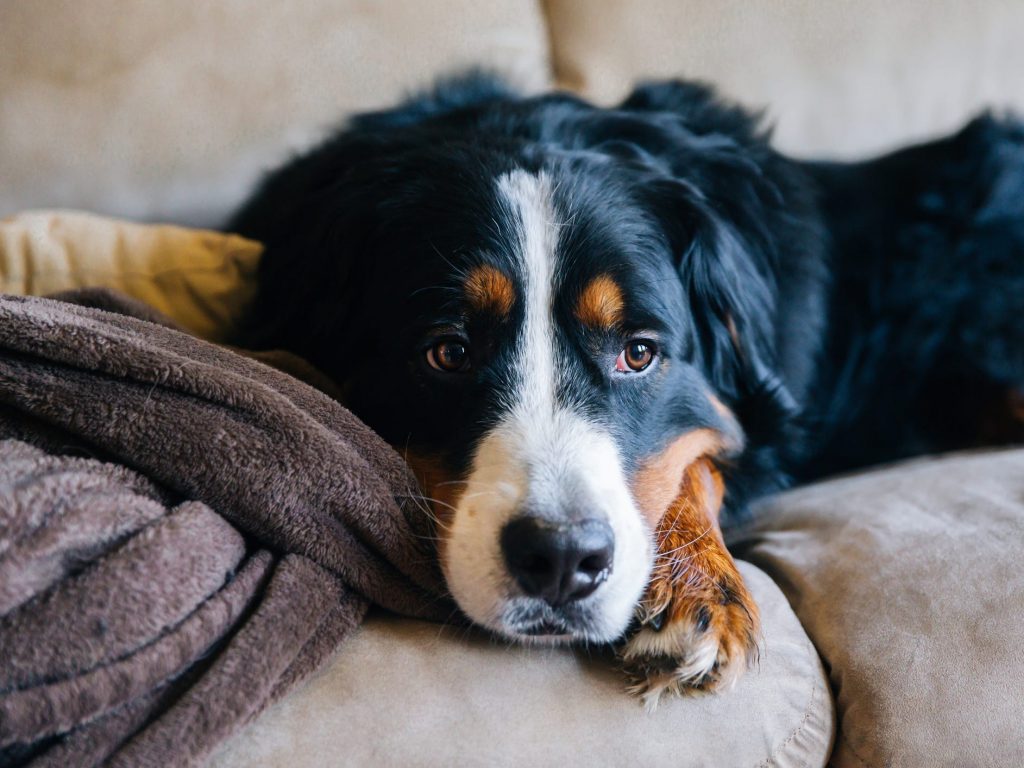
- Many dogs adopted during the pandemic have only ever known being with their owners nearly 24/7.
- As a result, some of them may have strong separation anxiety when their owners return to the office.
- Dog trainers explain how you can get ahead of that by establishing a routine for your dog now.
- See more stories on Insider's business page.
The pandemic has probably been something of a dream for dogs, having given them a rare opportunity to spend near-constant time with their owners stuck at home.
But when COVID-19 restrictions start to ease and their owners head outside more or go back to the office, this dream could become a nightmare, spelling separation anxiety on steroids because these dogs have gotten so used to constant companionship.
"It was almost like the perfect storm for dogs," said dog trainer Fanna Easter, who specializes in helping dogs with separation anxiety. "Myself and other certified separation anxiety trainers were just screaming [when the pandemic hit] because we could see what could happen."
For dogs that were adopted or bought during the pandemic, they may only know a life in which they're with their owners nearly 24/7.
"They never had that opportunity to practice that muscle of being left home alone," Easter said. "It's not that they're scared people aren't going to come home. They just don't know what to do when they're left home alone."
The result has been an unprecedented challenge for dog owners and dog trainers alike.
"The behaviors that we're starting to see now are behaviors that we've not really seen before, because dogs were socialized before - dogs were interacting with other dogs, or people were taking their dogs with them on walks," said fellow dog trainer Mark Forrest Patrick. "During the pandemic, when everybody was staying at home, people weren't getting their dogs out for walks because they were afraid to go out for a walk."
With her clients' dogs, Easter has already seen some separation anxiety as COVID-19 restrictions eased.
"When things started to open a little bit and people started going to the grocery store for 30 minutes, I started noticing their dogs were just tearing their house apart," she said.
Fortunately, there are steps you can take now to help soften the blow for your dog when you start leaving them alone more often. Here are some of them:
- Start now: "It can be little steps like the new puppy's crated, and you go take a shower and close the door," Easter said. "Or go into another room and close the door, little things like that or going out to get the mail. Then just gradually start, in small increments, being gone a little bit longer and a little bit longer."
- Install a camera to keep an eye on your dog: Beth Berkobien, a dog trainer who also specializes in separation anxiety, suggests this tip so that you can check for any signs of distress when you leave your dog alone. This can include things like panting, frantic pacing, and soiling, she says.
- Play some calming music: Berkobien recommends classical music or the Through a Dog's Ear playlist, which is specifically designed for dogs' unique sense of hearing.
- Use aromatherapy: You can try putting lavender essential oils behind your dog's ears or on a bandana for them to keep nearby, Berkobien says.
- Get a special collar: To help reduce anxiety and stress, Berkobien suggests trying out the Adaptil collar, which mimics the natural nursing pheromones of a dog's mother.
Ultimately, repetition is the key to helping your dog become comfortable with being home alone.
"It's going to be tough on the dogs as we start to transition back," said dog trainer Beth Berkobien. "We need to make sure that we're setting them up for success and starting to leave them now and starting to build a routine of starting to leave instead of suddenly one day we're gone."
